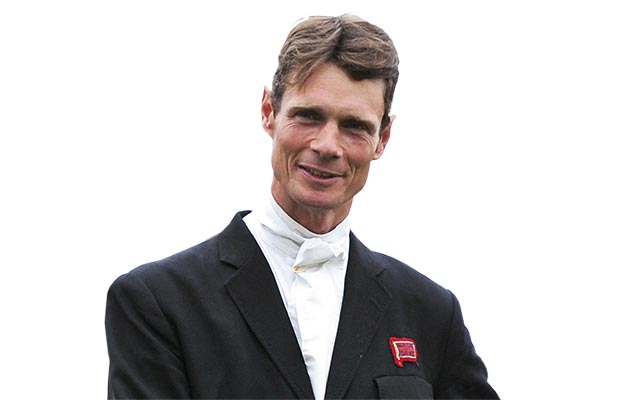Opinion
This was a very positive Burghley. Mark Phillips’ course provided a great test. I walked it on the Friday, having heard a lot about it and thought it had been tweaked to make it more difficult than last year, when I had said that it was a little easier than in previous years and was proved wrong.
Individually the fences were quite jumpable, but the questions kept coming. It started a little softer, but from the new Storm Doris complex it chipped away — it kept asking riders to open up and then to shorten, always having horses between hand and leg. At four or five minutes they needed to be up on the clock as there was a lot later on that slowed them down for a considerable length of time, such as the Trout Hatchery, which took horses right down through the gears for nearly 200m.
Mark is very keen to make fences horse-friendly, but I thought there was too much brush. It featured in 15 fences (33% of efforts if riders took all the direct routes). Brush can create a lack of respect — and it was also inconsistent. Some was very solid, whereas in other places they could go through the top 2ft. How are horses supposed to know which type they are jumping? I noticed a lot of good jumping horses getting low and taking liberties at the end of the course.
Terrain is always such a factor at Burghley. All the CCI4*s require totally different horses — Pau or Luhmühlen suit a different horse to Burghley, which demands endless changes of gear and leg, over changing types of ground.
It made great viewing. I was interested in the psychology of riders who took the right-hand option of two arrowheads as opposed to the left-handed boxes at the Keeper’s Brushes, as the boxes removed the risky accuracy element. However, two top riders managed to add an uncomfortable extra stride between the boxes, while the arrowheads did ride well for those who took them.
I thought last year I had never seen an easier question at Discovery Valley, but it caught out riders who hadn’t engaged their brains. This year they knew to take a pull and pop over the brush oxer, but some horses were still on a half-stride at the subsequent angled brush. The extra skinny on two bending strides at the bottom of the Leaf Pit was clever and influential on a tired horse. It would have been a tricky fence on the flat!
Terrific result
Given that it is a European Championship year, rather than a worlds or Olympics, I expected a bigger field, with more than 37 British starters. There are over 100 entries in both the five- and six-year-old classes at Osberton, our national young horse championship — and yet we only have 61 horses at Burghley. With so many other options, our sport encourages horses that aren’t Burghley horses.
I would be sad to see Burghley worrying about entries and changing its features as a result. It is such an exciting event, as this weekend proved, and to reduce the test would be a retrograde step.
Everyone is getting better at the dressage — there were five tests in the 30s at Burghley and 15 at the Europeans — but let’s not lessen the cross-country even more than the FEI would like, and let’s keep varying it.
Oliver’s winner is lovely and very exciting — and obviously should have been his Europeans horse. Having Brits first to fourth is terrific and bodes well for the future.
Ref Horse & Hound; 7 September 2017
